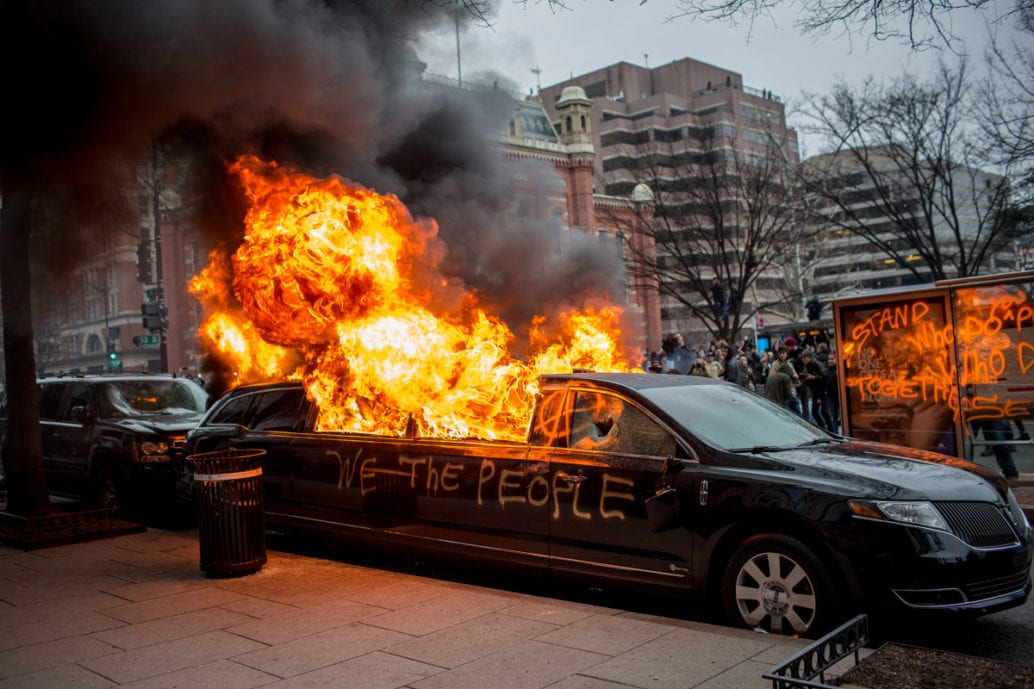The electric everything push will collapse the grid by 2030, research suggests
04/19/2023 / By Ethan Huff

A major component of Agenda 2030 involves converting a majority of the nation’s energy use to electricity. Electric-powered cars and appliances are “cleaner” for the environment, we are told – except for the fact that this is a lie.
Not only is electricity no cleaner than earth-based fuels like coal and oil, seeing as how most electricity still comes from coal and oil, but there is not enough electricity to go around – especially since grid capacity is currently on the decline.
PJM Interconnection, one of seven regional electricity transmission groups in the United States that coordinates the movement of wholesale electricity across 13 states and the District of Columbia (D.C.), published a report recently that highlights the risks involved with this electric everything push.
If trends continue, the report warns, then the reliability of bulk electricity will certainly deteriorate to the point that rolling blackouts and other grid problems will become the norm.
The report explains that there is a “timing mismatch between resource retirements, load growth, and the pace of new generation entry.” This is just a fancy way of saying that power generation overall is declining at the very same time that governments are pushing a “green” energy platform that relies almost exclusively on electricity.
(Related: Last summer, Southern California Edison [SCE] warned that it will never have enough electricity generation on demand to charge everyone’s electric cars, which will soon become the only type of vehicle sold in the Golden State.)
Electricity still comes from “fossil fuels” – you just don’t see it directly as fuel from a gas pump or flames from your stove or fireplace
PJM’s research focuses specifically on the retirement of thermal generators, meaning traditional coal, oil, gas, and nuclear power generation facilities. “Green” politics is pushing for these energy sources to become history, even though reliable electricity generation depends on them.
Wind and solar will never be reliable enough to keep the energy grid online, let alone able to handle an ever-increasing load of EVs and electric-powered appliances and heating and cooling systems that meet new “green” government mandates.
Last year alone, some 13.5 gigawatts (GW) of coal-fired energy generation capacity disappeared due to power plant retirements. A single GW, just for reference, is the equivalent of one billion watts of power.
Meanwhile, no new coal-fired power plants are being built in the U.S., even as competitor economies like communist China are building them left and right – and taking over the global economy as a result.
Nuclear is also being retired throughout the West, only to be replaced with more wind and solar, which are unreliable and quite frankly embarrassing for a developed economy like that of the U.S.
“Given the operating characteristics of these resources, we need multiple megawatts of these resources to replace one megawatt of thermal generation,” says PJM spokesman Dan Lockwood about what it takes to replace these retired thermal generators with the new stuff.
Most electricity comes from a generational fuel mix of coal, oil, gas, hydro, and nuclear, as well as some wind and solar here and there. The sale of this power is somewhat complicated, going through three different markets: the “day ahead” market, the “real- time” market, and the “capacity market.”
“The capacity market is a promise to provide electricity when called upon, three years in advance,” explained Rachel Gleason, executive director of the Pennsylvania Coal Alliance. “So, if they have a capacity auction in 2020, it’s a promise to provide power in 2023.”
With the entry of subsidized wind and solar into these markets, pricing rates are set by these lowest bidders. This, in turn, is driving traditional thermal energy generation lower, which over time is decreasing energy capacity across the country while leaving the grid increasingly less reliable and sustainable.
“A megawatt hour of solar is not comparable to a megawatt hour of nuclear or coal,” Gleason says.
“It’s different because it’s not reliable. Nuclear, gas, and coal are baseload. They need to be there for when the sun’s not shining, and the wind is not blowing.”
More related news coverage can be found at PowerGrid.news.
Sources include:
Submit a correction >>
Tagged Under:
2030, chaos, collapse, electricity, energy capacity, energy supply, fuel supply, gigawatts, green living, Green New Deal, green tyranny, insanity, panic, power, power grid, rationing, rolling blackouts, scarcity, thermal generators
This article may contain statements that reflect the opinion of the author
RECENT NEWS & ARTICLES
COPYRIGHT © 2022 Rationing.News
All content posted on this site is protected under Free Speech. Rationing.News is not responsible for content written by contributing authors. The information on this site is provided for educational and entertainment purposes only. It is not intended as a substitute for professional advice of any kind. Rationing.News assumes no responsibility for the use or misuse of this material. All trademarks, registered trademarks and service marks mentioned on this site are the property of their respective owners.




















